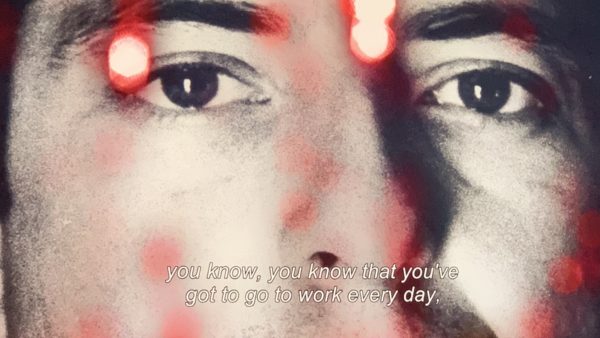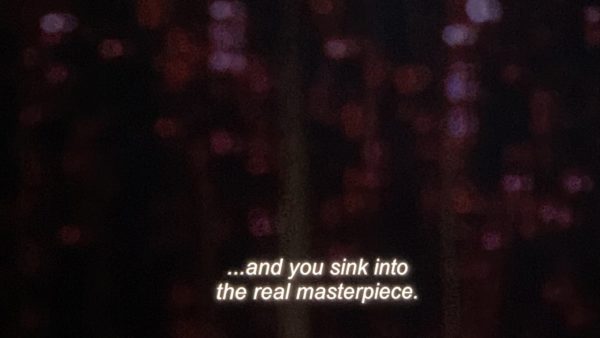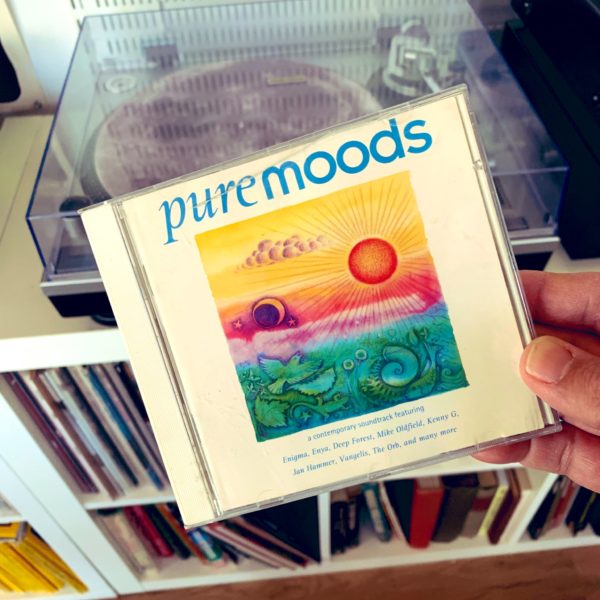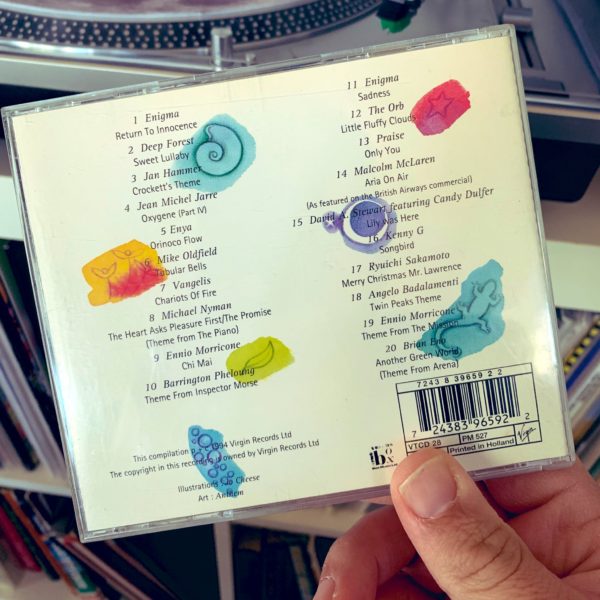
I was texting with a friend yesterday and he asked me if I had any public speaking tips, and this is (a lightly edited) version of what I dashed off:
1. Talk slower than you think you need to. Take your time. Don’t be afraid of a little silence. If you’re lucky enough to land a joke, let the laughs die down before you start back up.
2. If you can open with a funny story or a joke — especially something local or specific to the group — you can get the audience engaged and on your side.
3. Don’t be afraid to be brief. Nobody ever said, “Gosh, I wish he went on longer,” and if they ever did, that’s a big win, to leave them wanting more. As James Brown said, “Kill ’em and leave.”
That’s just 3 off the top of my head. There’s a ton more, and a ton of writing on the subject.
The best way to learn is to steal like an artist.
“Pay attention to other speakers,” says Ted Gioia in his list of 10. “Steal all their best techniques.”
(I like to watch stand-up comedy and pay attention to pacing, audience work, delivery, structure, etc. The “callback,” for example, is helpful outside a comedic context.)
If you need a speaker, hire me.





